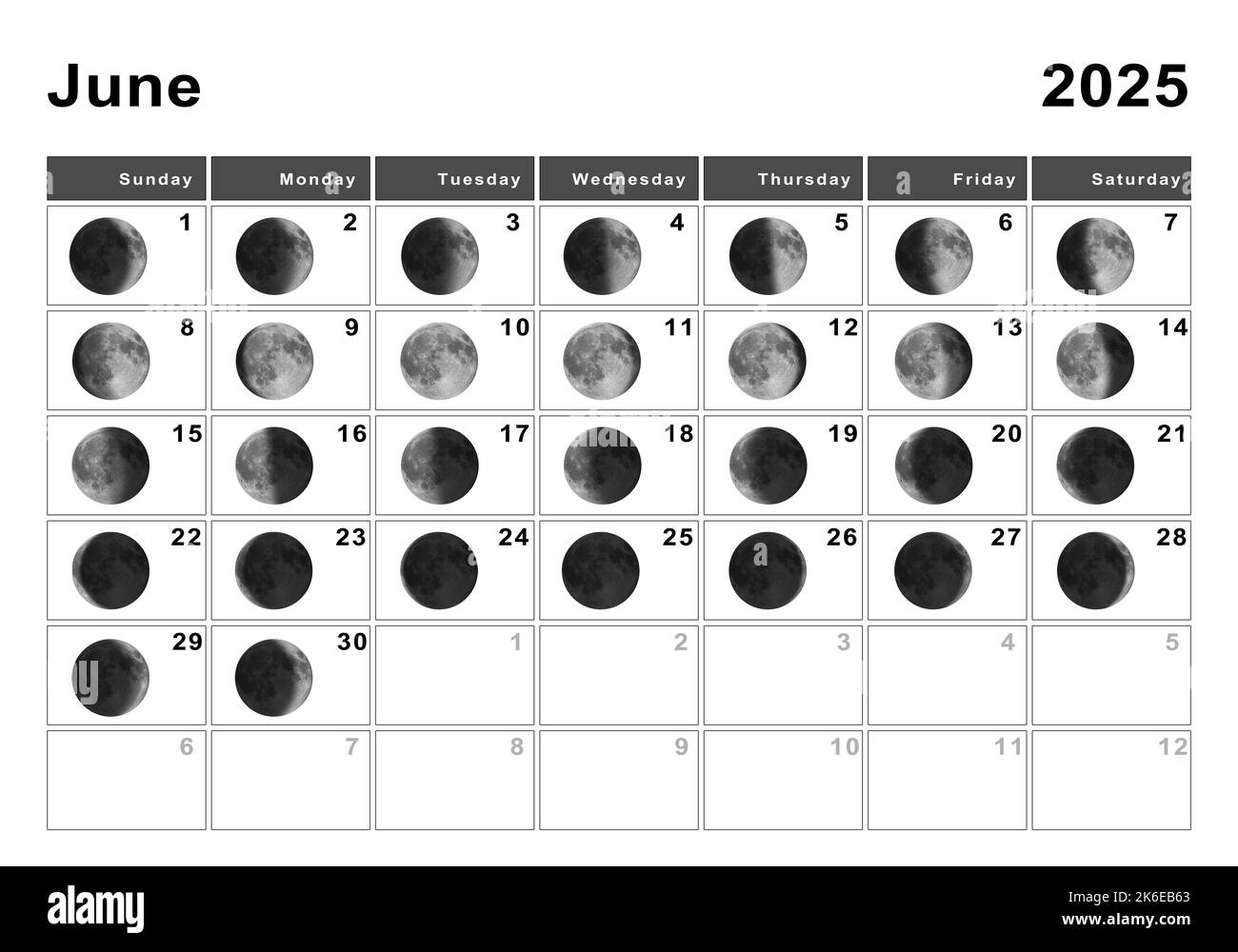What Happened
On the night of June 10, 2025, observers across various regions were treated to a striking view of the full moon, commonly referred to as the “Strawberry Moon.” This particular lunar event appeared notably reddish, a phenomenon attributed to the moon’s low position on the Southern Horizon. The moon reached its peak brightness early on June 11, around 4 a.m. Eastern Time. This year’s Strawberry Moon was particularly significant as it was the lowest the moon would appear in the sky for nearly two decades, creating a visually dramatic effect.
The reddish hue observed during this lunar event is not solely due to its name but is a result of atmospheric conditions. As the moon rises near the horizon, its light must pass through a greater thickness of Earth’s atmosphere, which scatters shorter wavelengths of light and allows longer wavelengths, such as red and orange, to dominate. This scattering effect is similar to what is seen during sunrises and sunsets.
Key Details
- Event Timing: The Strawberry Moon peaked on June 11, 2025, at approximately 4 a.m. ET, but was best viewed on the evening of June 10 when it rose above the southeastern horizon.
- Significance of the Name: The term “Strawberry Moon” originates from Native American Algonquin tribes, marking the season for harvesting wild strawberries, rather than referring to the moon’s color.
- Lunar Position: This year’s Strawberry Moon was particularly low in the sky due to a phenomenon known as a “major lunar standstill,” which affects the moon’s orbit approximately every 18.6 years. This event has resulted in the moon’s lower trajectory and enhanced reddish appearance.
- Atmospheric Effects: The moon’s low position means its light travels through more atmosphere, which scatters shorter wavelengths and enhances the reddish tint. This effect is further pronounced during summer months when full moons typically appear lower in the sky compared to winter months.
Multiple Perspectives
Different sources provide insights into the significance and visual characteristics of the Strawberry Moon. According to Dr. James Lattis, a historian of astronomy, the moon’s low position leads to a more pronounced reddish hue due to the increased atmospheric distance it must traverse. He emphasizes that while the moon’s appearance can be striking, it is fundamentally “just another full moon.”
Conversely, Bob Bonadurer, director of the Milwaukee Public Museum’s planetarium, highlights the unique visual experience of the Strawberry Moon, noting that it is the most colorful full moon of the year due to its shallow path across the sky. He encourages skywatchers to appreciate the event, suggesting that it serves as an opportunity to engage with astronomy.
Additionally, some observers noted that the moon’s color could be influenced by other atmospheric conditions, such as smoke from wildfires, which can further enhance the visual spectacle. This variability in atmospheric conditions can lead to differing experiences of the moon’s appearance across different locations.
Context & Background
The Strawberry Moon is part of a long tradition of naming full moons, with various cultures attributing different meanings and significance to each lunar phase. The Algonquin tribes’ naming conventions are widely recognized in North America, while other cultures have their own interpretations, such as the “Rose Moon” in Europe.
The phenomenon of the moon appearing red or orange is not unique to the Strawberry Moon; it can occur during other full moons, particularly when they are low on the horizon. However, the unique circumstances of the 2025 Strawberry Moon, including its low trajectory and the major lunar standstill, have made this event particularly noteworthy.
Understanding the science behind the moon’s appearance can enhance public interest in astronomy and encourage individuals to engage with celestial events. Events like the Strawberry Moon serve as reminders of the natural world’s beauty and complexity.
What We Don’t Know Yet
While the Strawberry Moon’s appearance is well understood in terms of atmospheric science and lunar cycles, there are still uncertainties regarding the specific visual experiences of observers in different locations. Factors such as local weather conditions, air quality, and atmospheric particulates can influence how the moon is perceived.
Additionally, the long-term impacts of climate change on atmospheric conditions could alter how future moons are viewed, though specific predictions remain speculative. As the scientific community continues to study these phenomena, further insights may emerge that enhance our understanding of lunar visibility and atmospheric interactions.
In conclusion, the Strawberry Moon of June 2025 provided a captivating spectacle for skywatchers, characterized by its reddish hue and low position in the sky. This event not only highlights the beauty of celestial phenomena but also serves as an opportunity for public engagement with astronomy and the natural world.





